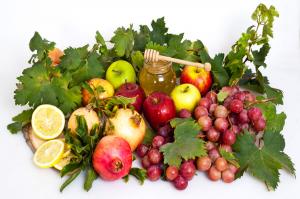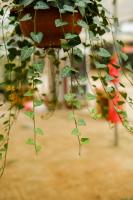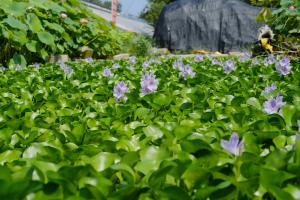Introduction
Hickory trees are well-known for their strong and durable wood, as well as for their delicious nuts. But what type of plant is a hickory tree exactly? In this article, we will explore the taxonomy, physical characteristics, and ecological significance of hickory trees.
Taxonomy of Hickory Trees
Hickory trees belong to the genus Carya, which is part of the walnut family (Juglandaceae). There are about 18 species of hickory trees, which are native to North America and a few parts of Asia. Some of the most common species of hickory trees include the shagbark hickory (Carya ovata), the pignut hickory (Carya glabra), the bitternut hickory (Carya cordiformis), and the mockernut hickory (Carya tomentosa).
Physical Characteristics of Hickory Trees
Hickory trees are deciduous trees that can grow up to 100 feet tall and have a trunk diameter of up to 4 feet. They have a broad, spreading crown and a deep taproot. Hickory trees have compound leaves that consist of 5 to 17 leaflets, depending on the species. The leaves are dark green in color and turn yellow or golden in autumn. The bark of hickory trees is thick and rough, with deep furrows and ridges that give it a shaggy appearance. Hickory trees produce edible nuts that have a high fat and protein content.
Ecological Significance of Hickory Trees
Hickory trees play an important role in many ecosystems. They provide food and habitat for a variety of wildlife, including squirrels, chipmunks, deer, and birds. The nuts of hickory trees are an important food source for many mammals and birds. The wood of hickory trees is strong and durable, making it a popular choice for furniture, flooring, and tool handles. Hickory wood is also used to smoke meat and to make charcoal.
Cultivation of Hickory Trees
Hickory trees can be propagated from seeds or by grafting. They prefer well-drained soil and full sun, but can tolerate some shade. Hickory trees are relatively slow-growing, and may take several years to reach maturity. They are also susceptible to various pests and diseases, including hickory bark beetle, hickory weevil, and anthracnose. To prevent these problems, it is important to maintain proper tree care and to use pest and disease control measures when necessary.
Conclusion
In conclusion, hickory trees are a diverse group of deciduous trees that are native to North America and a few parts of Asia. They have compound leaves, shaggy bark, and produce edible nuts. Hickory trees are important for their ecological and economic significance, providing food and habitat for wildlife and producing strong and durable wood. By understanding the taxonomy, physical characteristics, and ecological significance of hickory trees, we can better appreciate and cultivate these valuable trees.

 how many times do yo...
how many times do yo... how many planted tre...
how many planted tre... how many pine trees ...
how many pine trees ... how many pecan trees...
how many pecan trees... how many plants comp...
how many plants comp... how many plants can ...
how many plants can ... how many plants and ...
how many plants and ... how many pepper plan...
how many pepper plan...































